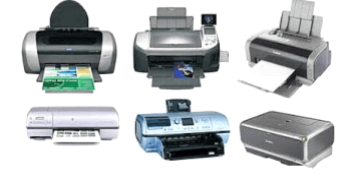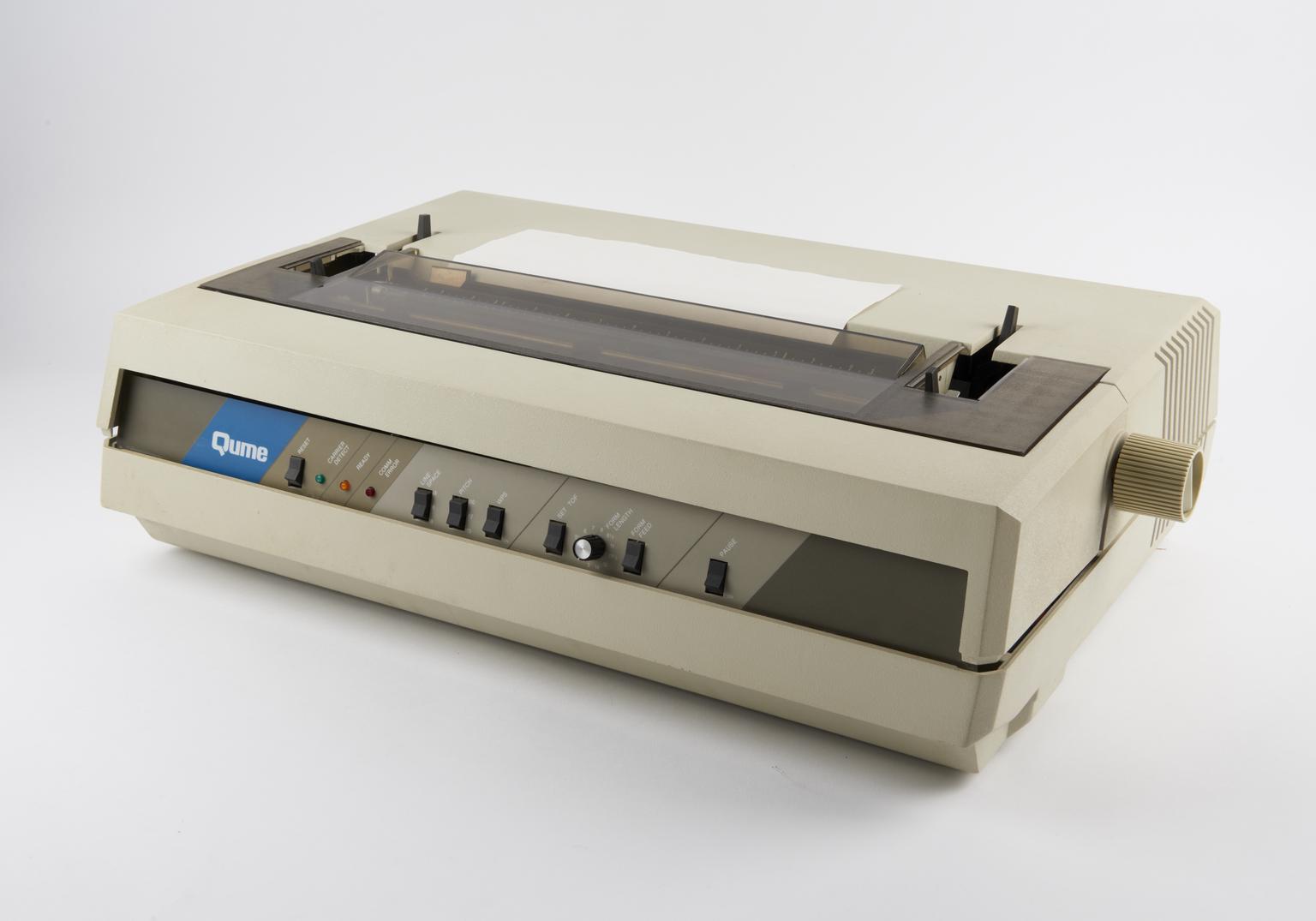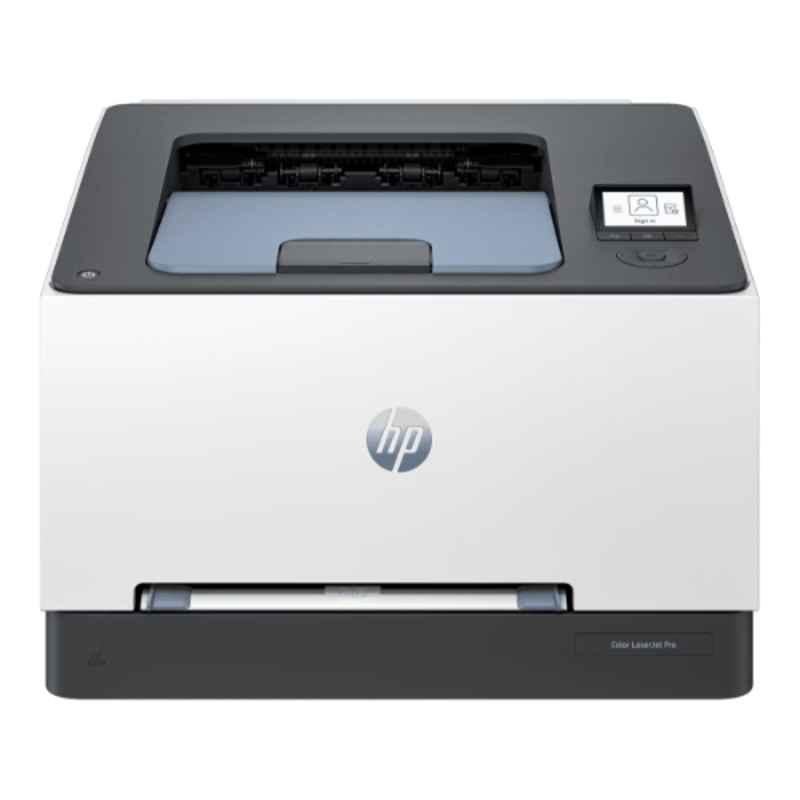Introduction
In the digital world, where screens dominate, hard copy devices like printers play a crucial role in converting digital documents into physical forms. Whether in offices, schools, or homes, printers are essential for producing tangible records, assignments, reports, and creative works. This article explores hard copy devices, focusing specifically on printers, their types, working mechanisms, and uses.

—
What Are Hard Copy Devices?
A hard copy device is an output device that generates physical copies of digital content. Unlike soft copy output (which appears on screens), hard copy devices provide a permanent, tangible record. Printers are the most common type of hard copy devices.
—
Types of Printers
Printers are classified based on their printing mechanism, quality, and speed. Here are the major types:
1. Impact Printers

Impact printers work by physically striking an ink ribbon against paper, similar to a typewriter. They are mostly used in banking and industrial applications where carbon copies are needed.
(a) Dot Matrix Printer

Uses a grid of tiny pins to create text or images.
Produces low-resolution prints but is highly durable.
Common in invoice printing and railway reservations.
(b) Line Printer

Prints an entire line at once, making it faster than dot matrix printers.
Used in mainframes and industrial settings.
(c) Daisy Wheel Printer

Uses a rotating wheel with characters to print text.
Produces high-quality text but is slow.
Primarily used for official documentation.
2. Non-Impact Printers
Non-impact printers do not physically strike the paper; instead, they use ink or toner to transfer images and text. They are quieter and produce higher-quality prints than impact printers.
(a) Inkjet Printer

Sprays tiny droplets of liquid ink directly onto paper.
Produces high-resolution color prints.
Ideal for home users, students, and photographers.
(b) Laser Printer

Uses a laser beam to transfer toner onto paper.
Delivers fast, high-quality prints with lower operating costs.
Common in offices and businesses.
(c) Thermal Printer

Uses heat-sensitive paper and prints by burning images/text onto the paper.
Found in billing machines, ATM receipts, and barcode printers.
(d) LED Printer

Similar to laser printers but uses LED technology.
Offers efficient and precise printing.
Features of Printers
Printers come with various features that enhance their efficiency, speed, and quality. Below are some key features of modern printers:
1. Print Quality (DPI – Dots Per Inch)
Higher DPI means better print quality.
Inkjet and laser printers offer high-resolution prints (1200–4800 DPI).
2. Printing Speed (PPM – Pages Per Minute)
Laser printers are faster (20–100 PPM).
Inkjet printers are slower (5–20 PPM).
3. Color vs. Monochrome Printing
Monochrome printers print in black and white.
Color printers use CMYK (Cyan, Magenta, Yellow, Black) for vibrant images.
4. Connectivity Options
USB: Traditional wired connection.
Wi-Fi & Bluetooth: Wireless printing from mobile devices.
Cloud Printing: Google Cloud Print, Apple AirPrint.
Ethernet: Network printing for offices.
5. Duplex Printing (Double-Sided Printing)
Saves paper by printing on both sides automatically.
6. Paper Handling & Size Support
Supports A4, A3, Legal, and Custom sizes.
Multi-paper trays for handling different types of paper.
7. Multifunction Capabilities (All-in-One Printers)
Print, Scan, Copy, and Fax features in a single device.
8. Ink & Toner Efficiency
Laser printers use toner, which lasts longer.
Inkjet printers use liquid ink, requiring frequent refills.
9. Noise Levels
Impact printers (Dot Matrix) are noisy.
Non-impact printers (Laser & Inkjet) are quieter.
10. Security Features
Password-protected printing for confidential documents.
Secure Cloud Storage Integration for data protection.
11. Energy Efficiency & Eco-Friendly Features
Auto Power-Off to save electricity.
Eco-mode reduces ink/toner consumption.
12. Touchscreen & Smart Controls
LCD/LED displays for easy navigation.
Voice-activated printing (Compatible with Alexa, Google Assistant).
Modern Printing Technologies
1. Wireless Printing – Wi-Fi-enabled printers allow printing from smartphones and cloud storage.
2. 3D Printing – Uses additive manufacturing to create three-dimensional objects.
3. Eco-Friendly Printers – Reduce ink consumption and use recyclable cartridges.
—
Conclusion
Printers remain essential hard copy devices, serving businesses, students, and professionals worldwide. Understanding different types of printers helps in selecting the best one based on speed, cost, and print quality. Whether for daily use or professional purposes, choosing the right printer enhances productivity and efficiency.

Leave a Reply